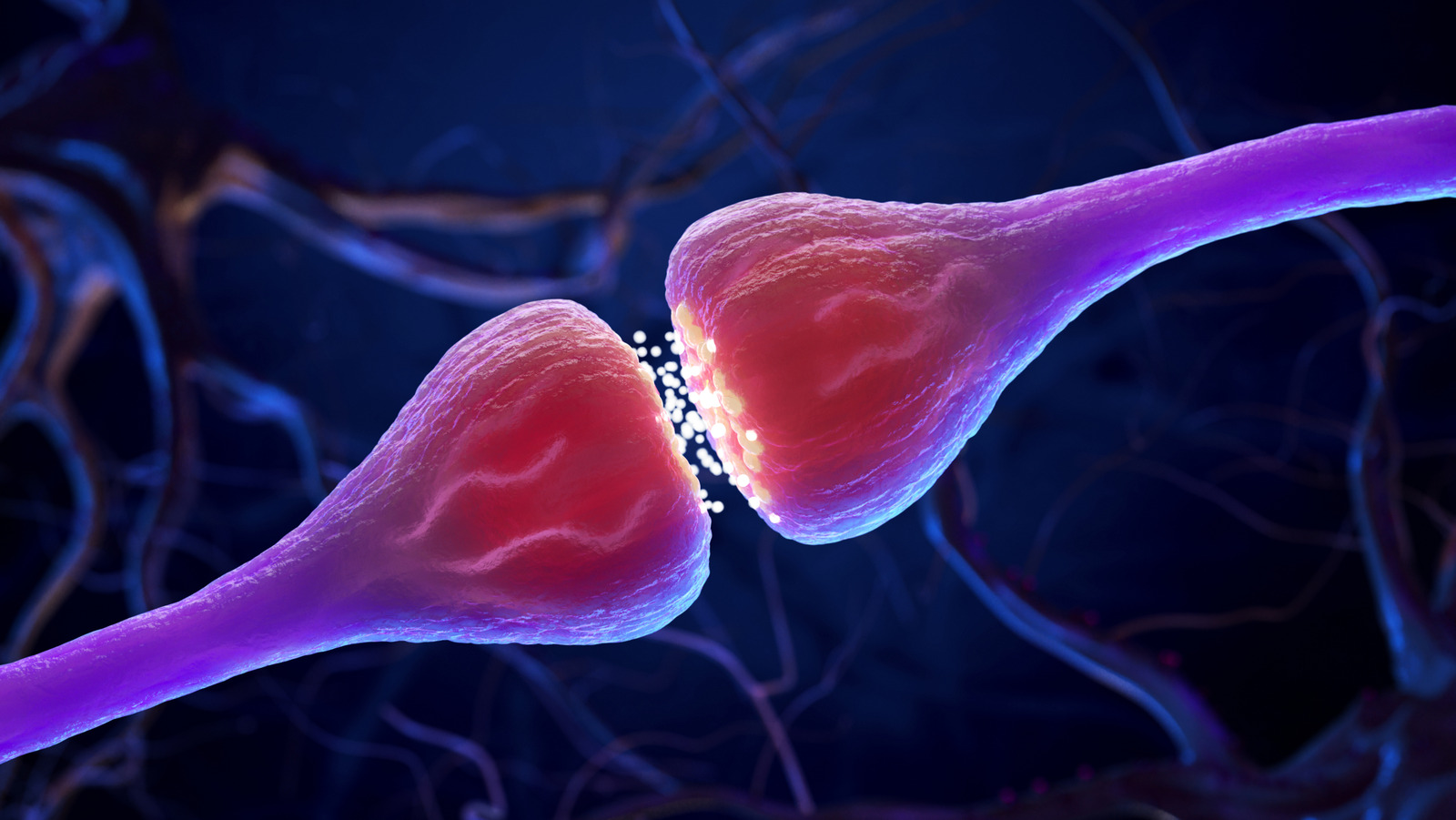Copyright BGR

Alzheimer's is a devastating disease that results in memory loss and cognitive decline. It's caused by brain cells dying and the brain itself shrinking from a buildup of proteins. Millions of seniors in the United States suffer from this disease and there is no cure, just ways to help with symptoms such as this music-based digital drug. However, new research has uncovered a hidden communication network inside the brain that could help explain how Alzheimer's disease spreads. For decades, experts believed that neurons, the brain's communication cells, only talked to each other through connections called synapses, but there may be another pathway. Scientists have found evidence of microscopic bridges that directly link neurons and allow larger molecules, even damaged proteins, to pass between them. The research was published in the journal Science in October 2025 by a team composed of researchers from the Johns Hopkins School of Medicine and the University of Tokyo Graduate School of Medicine. Their discovery could reshape our understanding of how brain cells interact and how harmful substances might move through the brain in diseases like Alzheimer's. To uncover this hidden communication system, the researchers took a closer look at brain tissue using high-resolution electron microscopy. This imaging is powerful enough to see the tiniest details of individual neurons in the brain. In other cell types, thin extensions called nanotubes can form bridges between cells. In brain cells, similar structures called filopodia were always assumed to develop only into synapses. Synapses are spaces between brain cells used to relay messages and help with learning. The research team analyzed detailed images of both mouse and human brain tissue. What they found was surprising. Some of these filopodia weren't turning into synapses at all. Instead, they appeared to form direct, membrane-to-membrane links between neurons. The researchers believe these connections are a newly identified structure. They have named them dendritic nanotubes. The researchers studied the dendritic nanotubes in action, linking neurons in the brain's visual cortex. They discovered that the nanotubes acted like tiny highways for electrical signals. They also used lab-grown brain cells to study how these nanotubes form and change over time with their own unique internal structure. To find out if these nanotubes could play a role in Alzheimer's disease, the research team injected a key Alzheimer's-related protein into a single neuron in a mouse brain sample and found it spread to nearby neurons. When the scientists blocked the formation of nanotubes, however, the spread stopped. This revealed that these tiny bridges were acting as direct pathways for the disease-linked proteins. When these nanotube connections become overactive, they might speed up the buildup of toxic proteins in certain brain cells. This could help to explain how Alzheimer's progresses from cell to cell. This research marks the first detailed look at a completely new communication system in the brain. By showing that dendritic nanotubes can carry Alzheimer's-related proteins from one neuron to another, scientists have uncovered a possible new way that brain diseases might spread in their early stages. This discovery not only changes how we think about how neurons connect and share information, but also opens up exciting new directions for studying the underlying causes of neurodegenerative diseases like Alzheimer's. The exact cause of Alzheimer's disease is still unknown, though there seems to be a correlation between cardiovascular disease and mental inactivity with Alzheimer's. Alongside studies looking into if Alzheimer's could be reversible, this new finding may help us learn more about this horrible disease and lead to further research into helping those who suffer from it.



